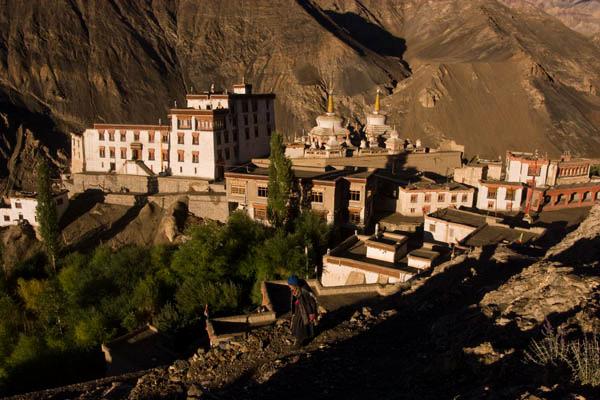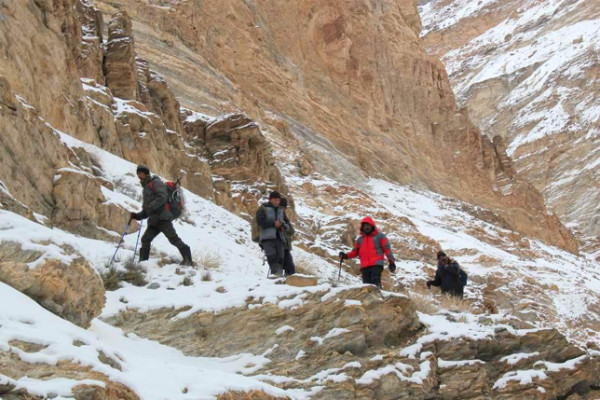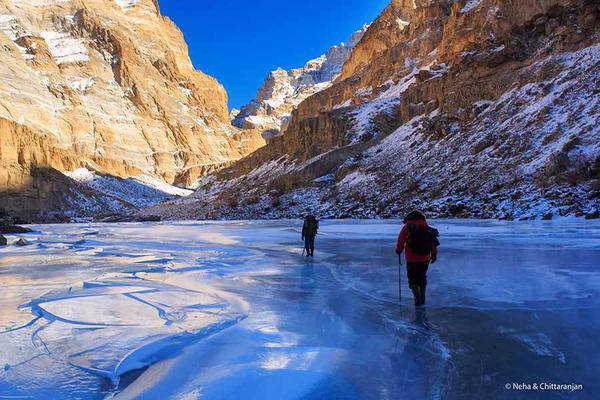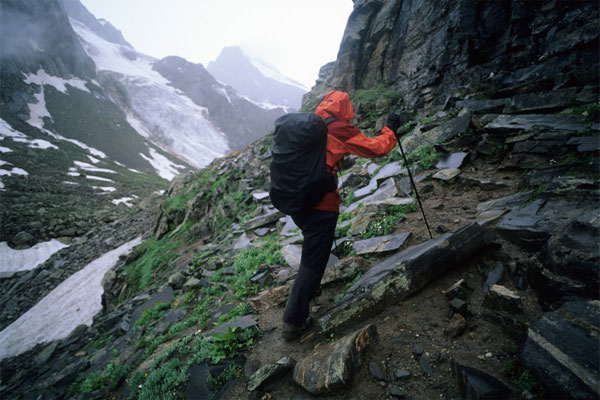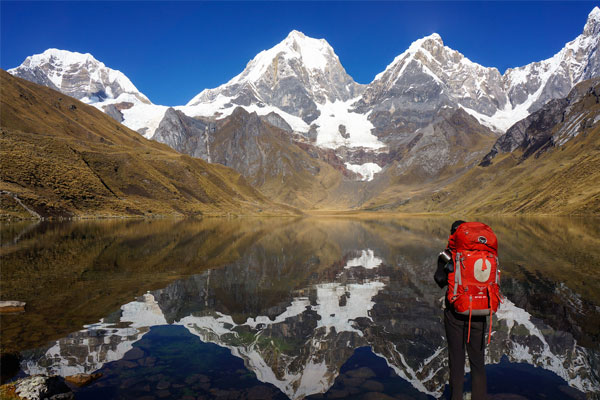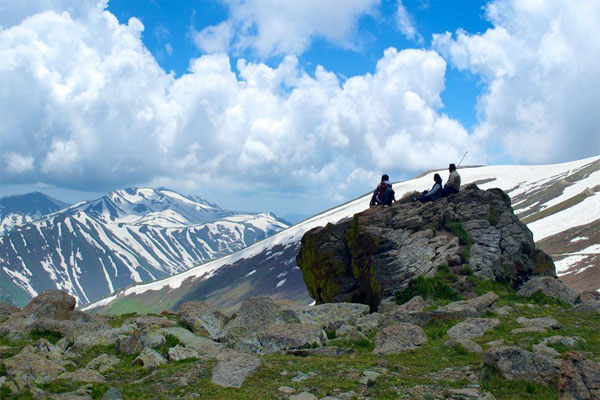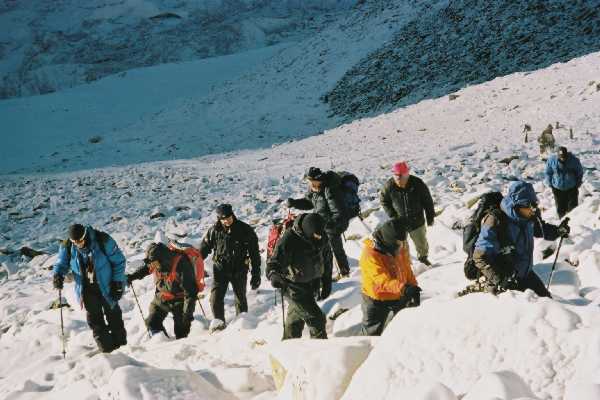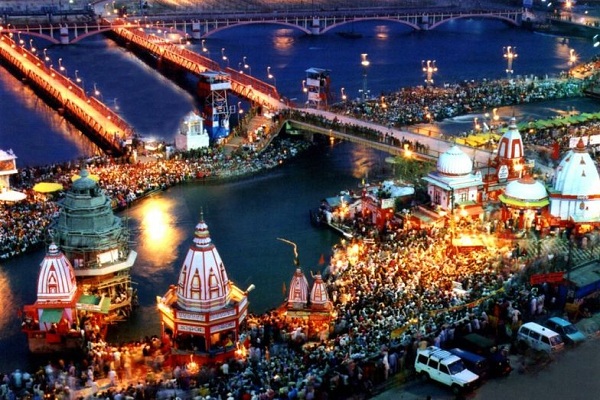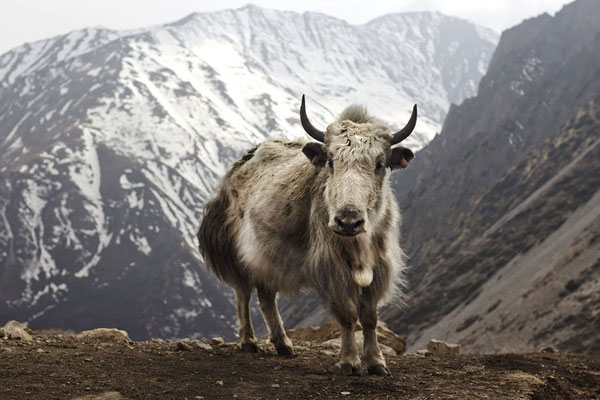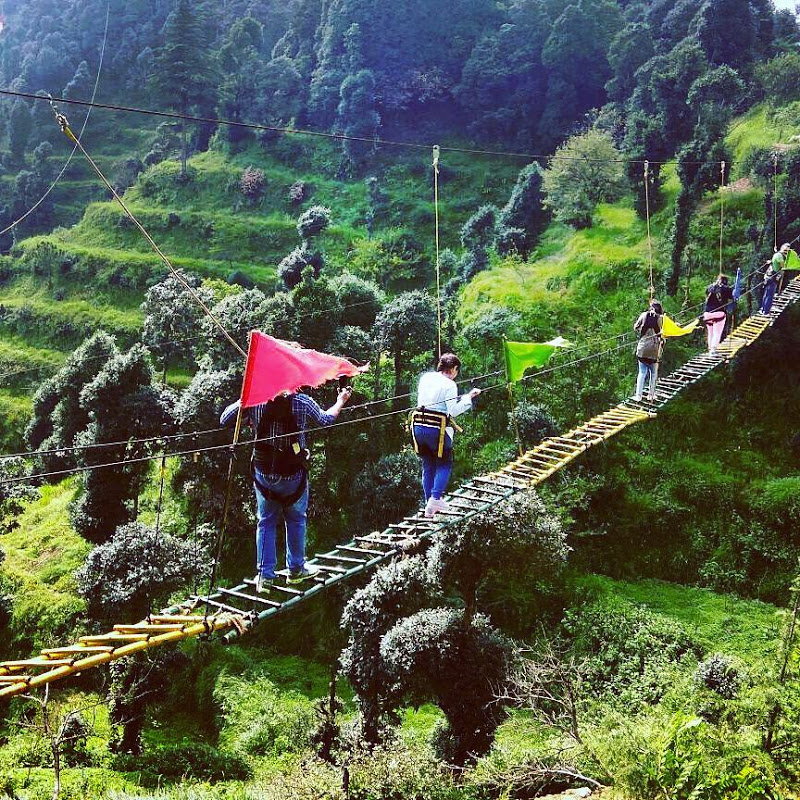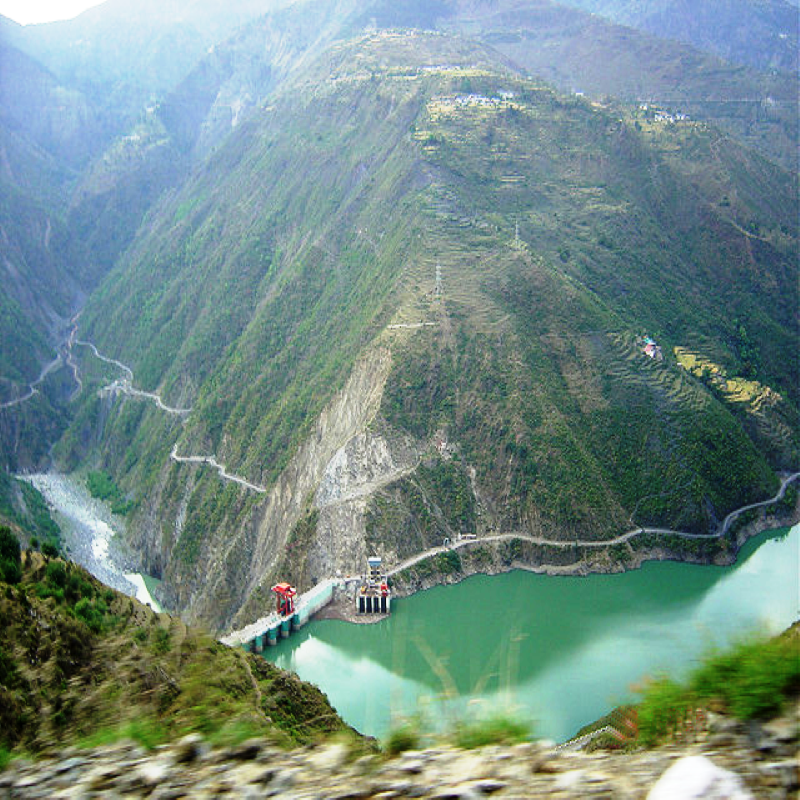Ladakh Zanskar Trek
The Ladakh – Zanskar Trek is one of the most spellbinding treks in the Indian Himalayan region that attracts mountain lovers as well as explorers from all over the world. Both Ladakh and Zanskar are well-known for displaying a vivid picture of the ancient Indo – Tibetan settlements. It takes you from monasteries to monasteries that hold several ancient manuscripts, chortens and statues that retrace the footsteps of Tibetan Buddhist in India. Further, the architectural works and religious paintings on the walls of the monasteries are also a feast to the eyes. Moreover, the journey takes you through a contrasting route each day. Moving through deep gorges, barren terrain and several mountain passes, the Ladakh Zanskar trek becomes one of the toughest treks in the Indian Himalayan region. The journey climbs through some of the deadliest mountain passes like the Sir Sir La at 4,850 meters, Singge La at 5,090 meters, Bumiktse La at 4,200 meters, Kiupa La at 4,400 meters and Hanumur La at 4,950 meters. The Ladakh Zanskar trek that covers the remotest part of India also takes you to some of the isolated Indo – Tibetan villages tucked in the deserted and rugged terrain.
Duration: 17 Days
Location: Ladakh Himalaya
Grade: Tough
Altitude: 4470 Mtrs
Best time to visit: June - October
ITINERARY
Day 01: Delhi - Chandigarh - Kullu - Manali (2050 mts) (4 hrs by Train and 8 hrs Drive)
Day 02: Manali (Local sightseeing)
Day 03: Manali - Darcha (3,300 mts.) (147 Kms/7-8 hrs drive)
Day 04: Darcha (Trek Starts) - Pa Lahmo 3,450 mts. 4 hrs
Day 05: Pa Lahmo - Zanskar Sumdo (3,600 mts.) 7 hrs
Day 06: Zanskar Sumdo - Chumik Nakpo(4,060 mts.) 7 hrs
Day 07: Chumik Nakpo - Lahkhang Over Shingo La(4,060 mts.) 9 hrs
Day 08: Lahkhang - Kargil (4030 mts.) 6 hrs
Day 09: Kargil - Purni (3,700 mts.) 6 hrs
Day 10: Purni - Phuktal - Purni (5 hrs)
Day 11: Purni - Pipula (3650 mts) 5 hrs
Day 12: Pipula - Raru (3,600 mts.) 6 hrs
Day 13: Raru - Padum (3,500 mts.) (Trek Ends) 6 hrs
Day 14: Padum - Kargil (2704 mts.) 240 Kms/8 hrs Drive
Day 15: Kargil - Leh (3505 Mts) 234 Kms/8 hrs Drive
Day 16: Leh (Local sightseeing)
Leh Palace is an illustrious monument and a historical building as well. The nine- storied palace was constructed in the 17th century by the famous monarch of Ladakh- Sengge Namgyal.
Jama Masjid is the historical mosque located in the heart of Leh town. It was constructed in 1666-67 A.D. resulting to an agreement between the Mughal ruler Aurangzeb and the then monarch of Ladakh, Deldan Namgyal.
Spituk is the Gompa that stands outstandingly on the pinnacle of a hillock at the distance of 8 kilometers from Leh. This site commands a sublime view of the Indus Valley even from miles. Numerous icons of Buddha and five Thangkas are established in this 15th century monastery. There is also an assortment of ancient masks, historic arms, and an amazing image of Mahakal.
Phyang Monastery is located at a distance of 17 kilometers from Leh on the Leh-Kargil Road. It was erected by Tashi Namgyal in the 16th century A.D. and it appears like a place from a distance. This spectacular Gompa belongs to the Red Cap sect of the Buddhists. An assortment of Buddha Icons is kept on wooden shelves in this monastery.
Day 17: Leh - Delhi


